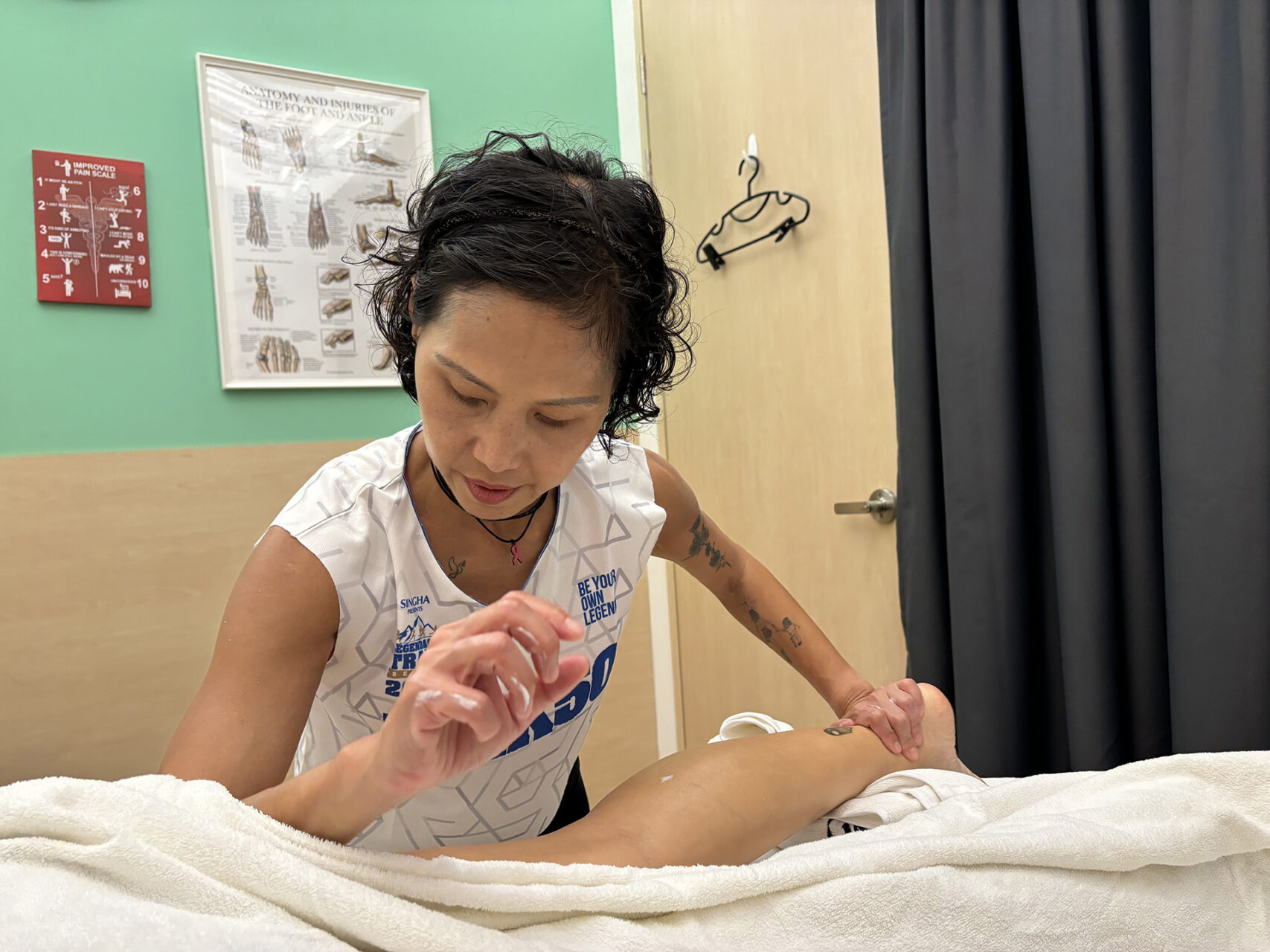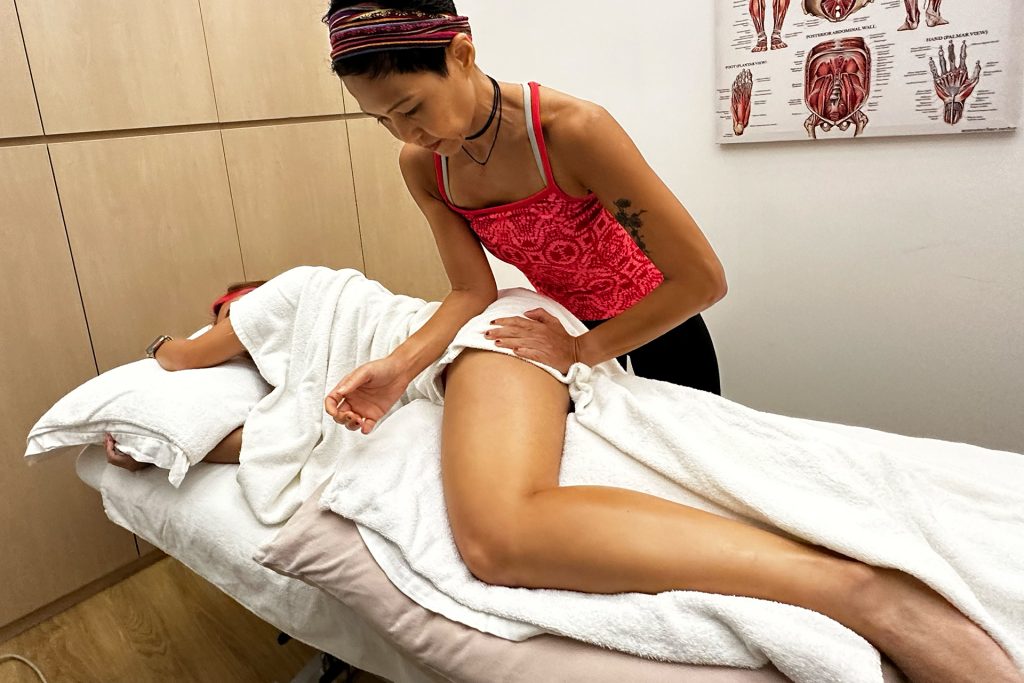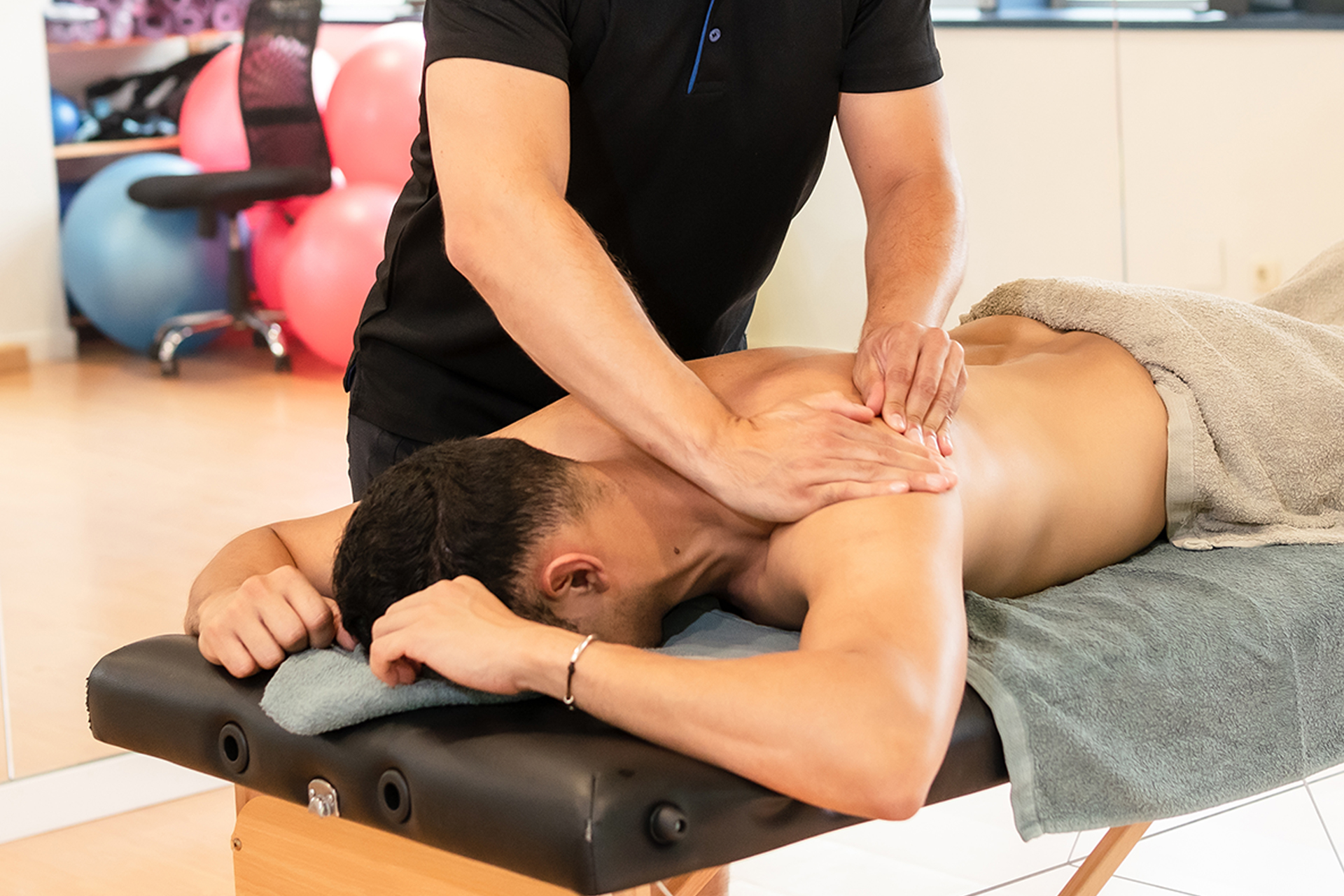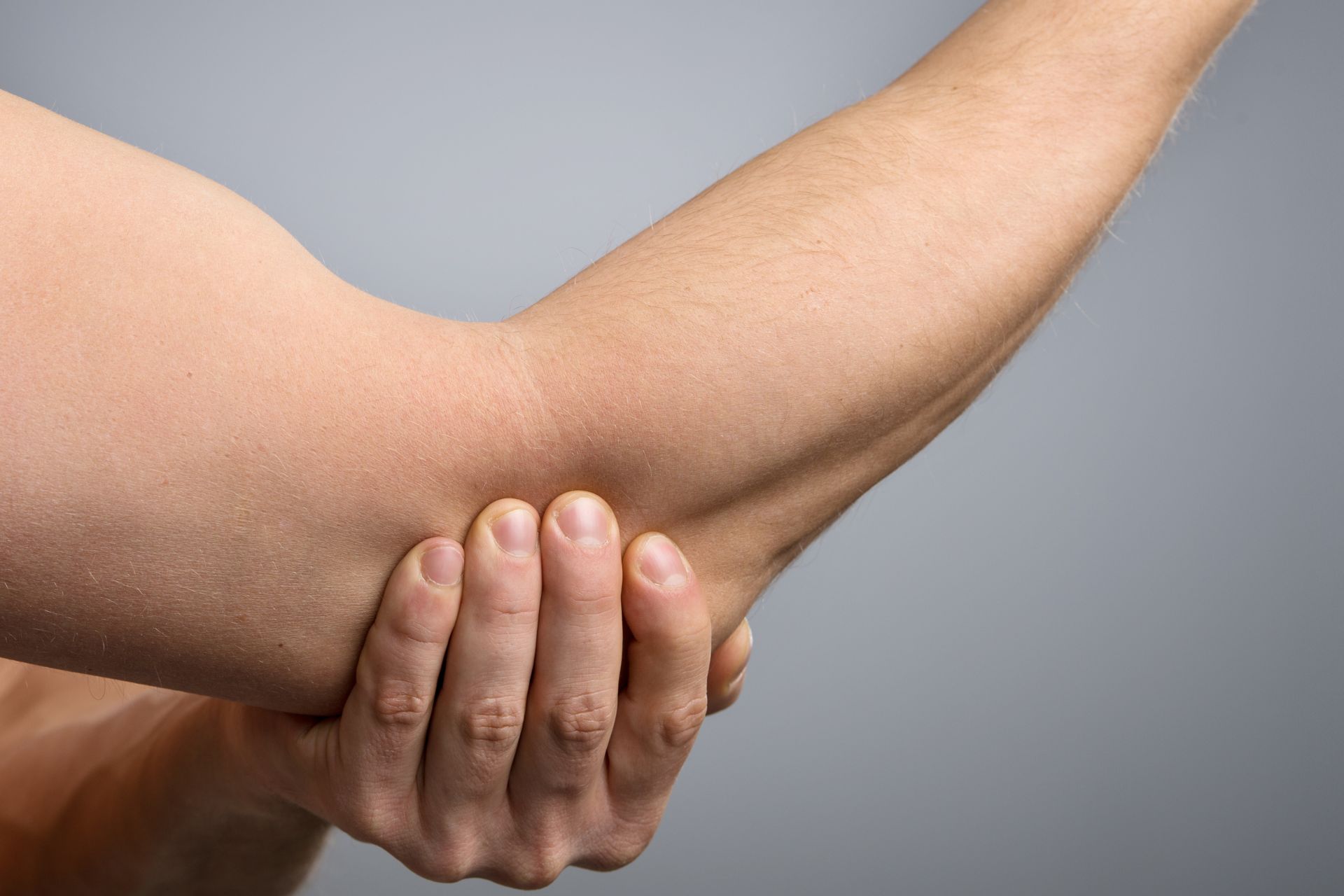|
Getting your Trinity Audio player ready...
|
A physiotherapy massage combines manual therapy with exercises to relieve pain and improve mobility. Unlike relaxation massages, which focus on overall relaxation, physiotherapy massages are designed to target specific injuries and functional impairments, making it great for those with chronic pain or recovering from injuries. Let’s explore the benefits, techniques and conditions treated with physiotherapy massages.
What is the Difference between Physiotherapy Massages and Traditional Massages?
At its core, physiotherapy massage is a specialized therapy that combines manual therapy with exercises and rehabilitation techniques to move the body and relieve pain.
The objective is the main difference between a physiotherapy massage and a traditional massage therapy. While both involve soft tissue manipulation, physiotherapy massages emphasize exercises to restore function and prevent future injuries, addressing the symptoms and the root cause of the pain and dysfunction endured.
Physiotherapists are highly trained professionals who assess physical conditions and create customized treatment plans for each patient. Their clinical approach means every sports massage therapist session is a step towards long-term recovery and better body health.
Understanding these differences allows us to appreciate the fullness of physiotherapy massages. Rather than just giving temporary relief, physiotherapy massage therapy aim to provide lasting relief and functional improvement through targeted expert care.
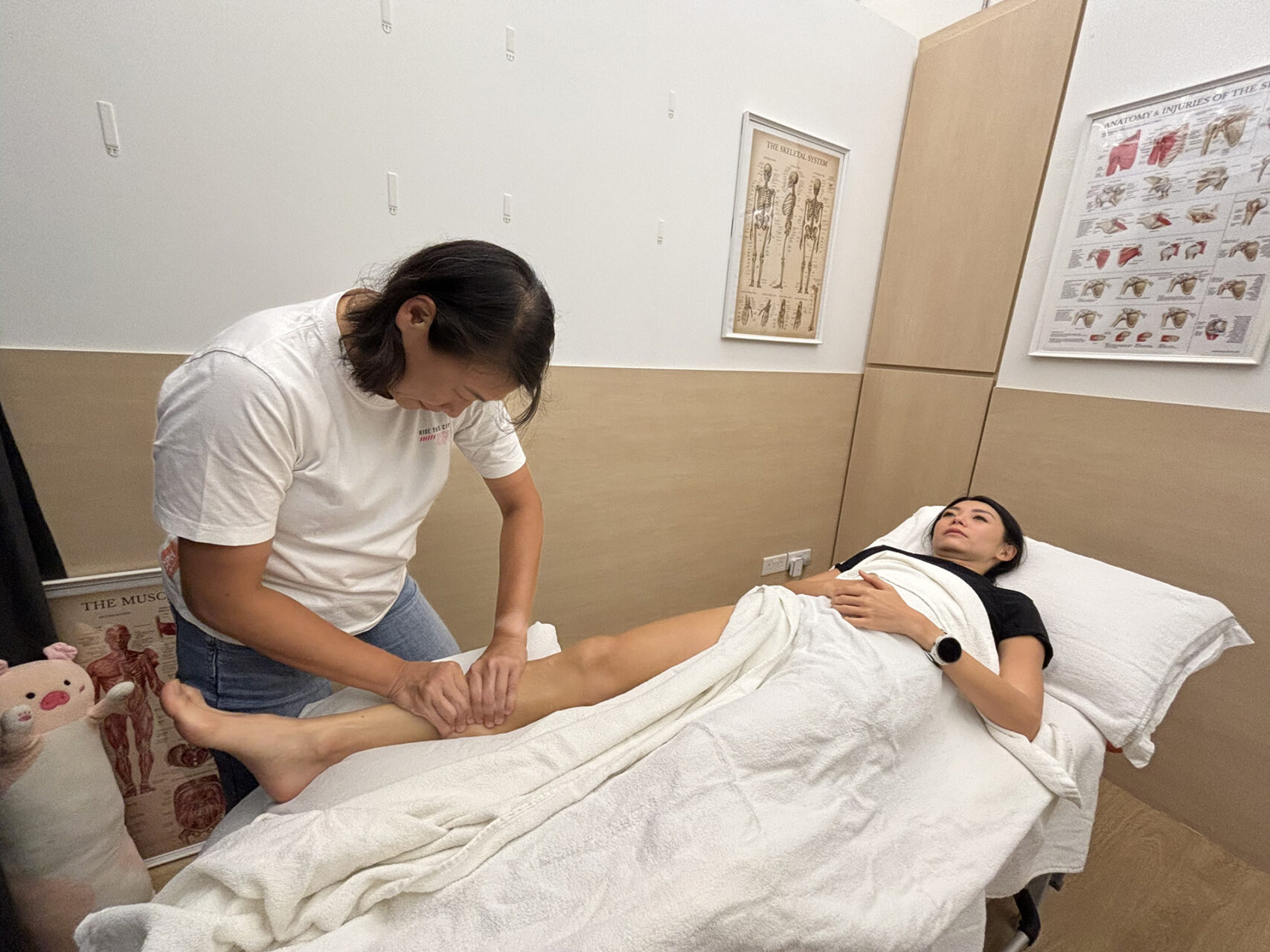
Benefits of Physiotherapy Massage Therapy
One of the biggest benefits of physiotherapy massage therapy is the ability to reduce chronic pain. Deep tissue massage, for example, has been shown to reduce chronic low back pain to the same degree as anti-inflammatory medication. For many suffering from long-term back pain, this can mean fewer medications and a more natural approach to pain management.
Beyond pain relief, physiotherapy massages can reduce muscle stiffness and improve flexibility. This is important for maintaining a healthy range of motion and preventing future injuries. Techniques like lymphatic drainage also aid recovery by clearing out excess fluids and toxins, thus reducing swelling and pain post-injury.
Moreover, physiotherapy massages play a big role in post-operative recovery, helping patients regain strength and mobility while lowering stress levels and improving their moods. It can be important for a person’s well-being, especially in a busy city, making physiotherapy massages in Singapore an essential part of your self-care.
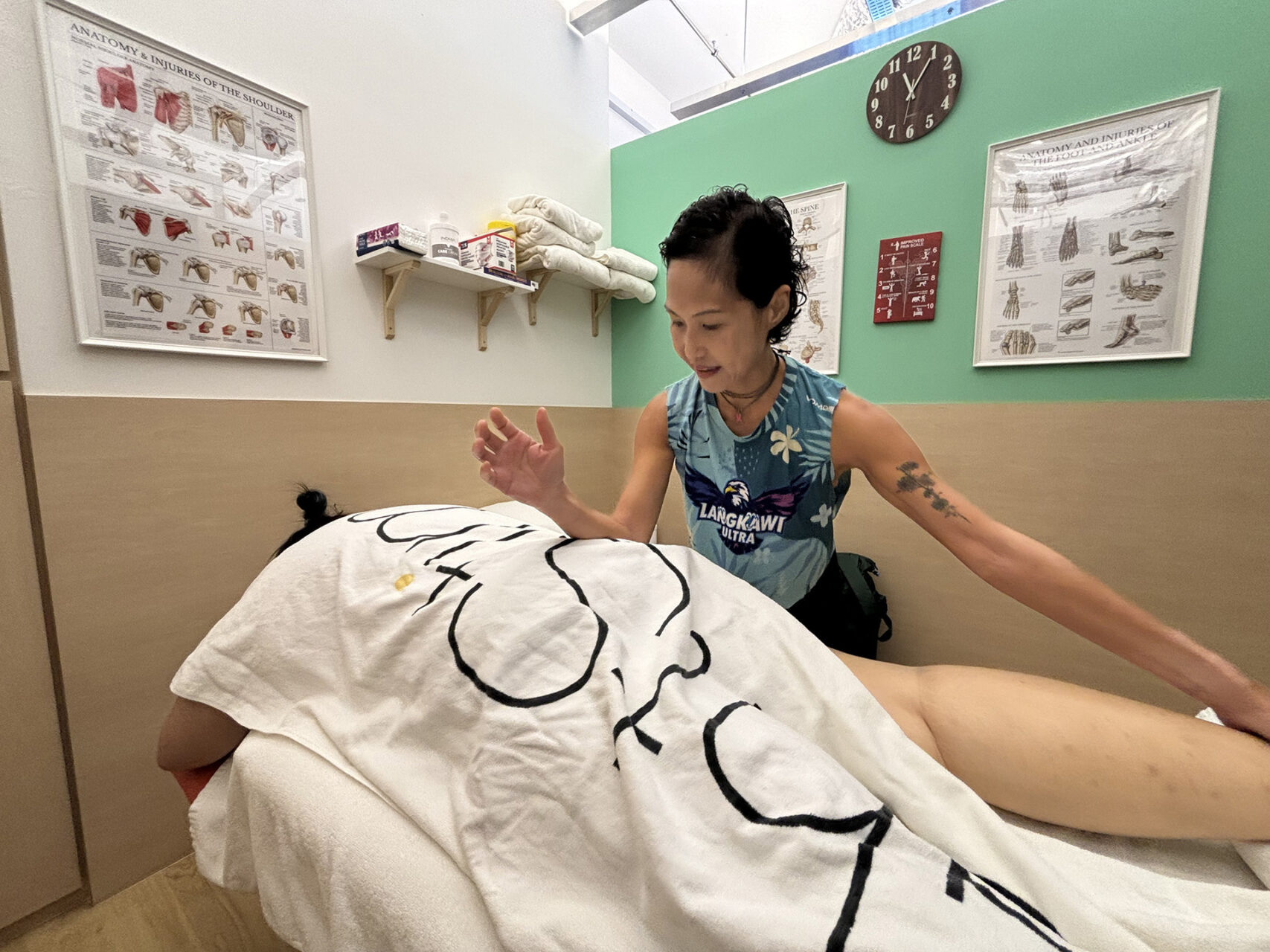
Deep Tissue Massage Physiotherapy
Deep tissue massage physiotherapy is the foundation of good pain management and muscle recovery. This technique uses sustained and slow, deep pressure applications to address muscle tension and chronic pain. Focusing on specific areas of tension gives targeted relief and improves the quality of life.
The power of deep tissue massage lies in its ability to reach the inner layers of muscle and connective tissue. This makes it ideal for musculoskeletal issues like strains and sports injuries, which affect deeper layers of tissue. Targeting these layers reduces pain and promotes recovery.
Overall, a deep tissue massage is more than just a therapeutic massage. It’s a component of a comprehensive physiotherapy treatment plan to relieve pain and support long-term recovery. Deep tissue massage can be life-changing for those with chronic pain or recovering from an injury.

Physiotherapy Sports Massage
Sports massage is vital for athletes to enhance performance and recovery from intense physical activity. This type of massage is designed to address the needs of athletes, helping them recover faster between workouts and prevent injuries. For this reason, sports massages are popular among professional and amateur athletes.
Sports massage techniques, including Swedish and remedial massage, are known to improve blood circulation, which is essential for muscle recovery. The benefits of sports massage go beyond physical recovery. Reducing muscle soreness and increasing range of motion help athletes perform at their best. Techniques like deep tissue massage and myofascial release alleviate muscle tension and tightness, promoting overall well-being and full recovery.
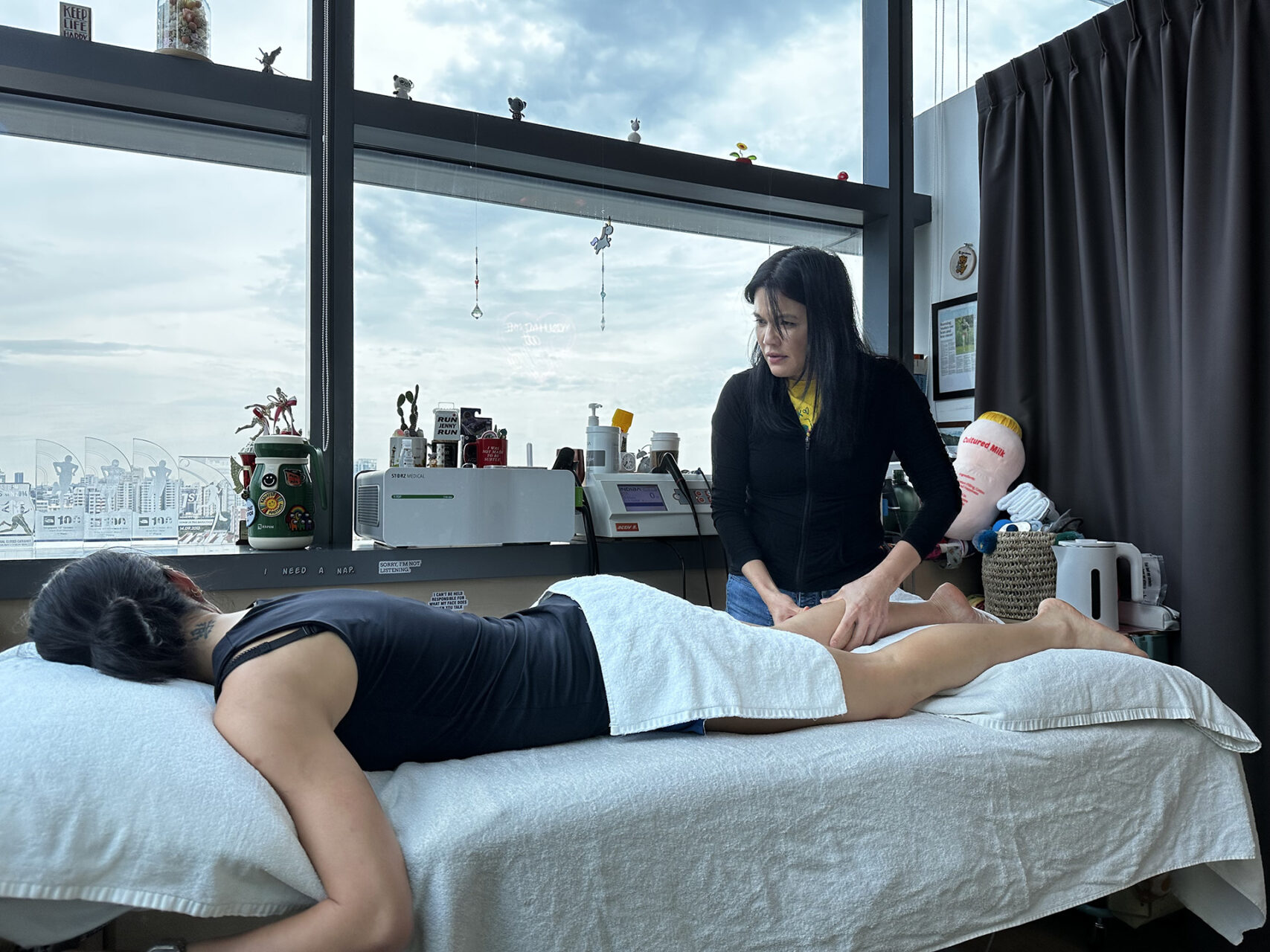
Conditions Treated with Physiotherapy Massages
Physiotherapy massages are effective in treating many common conditions. Deep tissue massage is suitable for those with fibromyalgia, sciatica, and sports-related injuries. These conditions often involve chronic pain and muscle stiffness, which can be reduced with targeted massage therapy.
A technique in physiotherapy massage is deep, transverse frictions, which apply pressure across tissue fibers to treat tendon injuries. This method promotes healing and reduces scar tissue formation, the latter of which can reduce mobility and slow recovery.
Whether it’s poor posture, chronic pain, or sports-related injuries, the targeted techniques used in physiotherapy massages can make a big difference in the treatment and overall well-being of the patient.
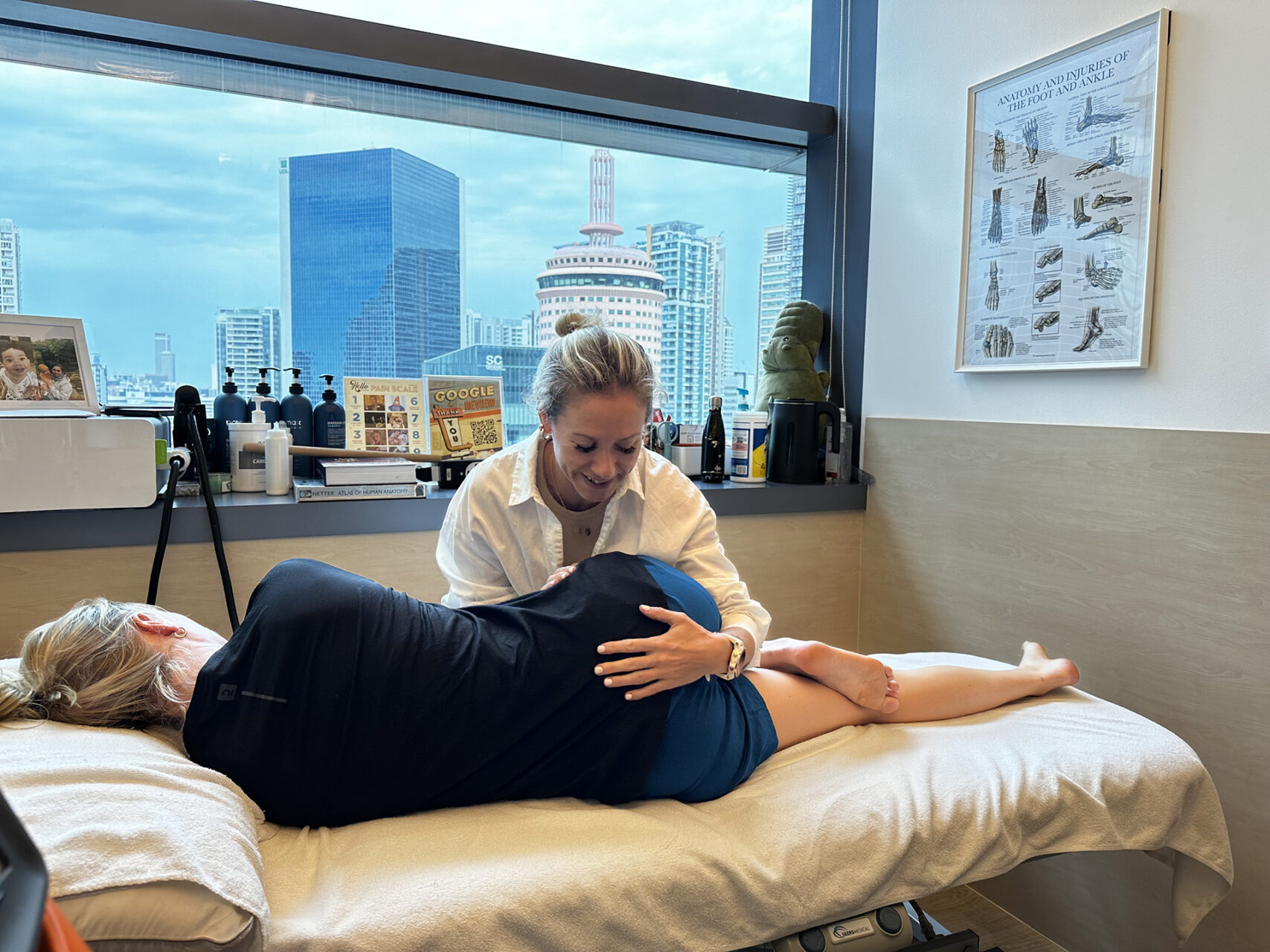
Techniques Used in Physiotherapy Massages
Physiotherapy massage uses various techniques, each tailored to the patient’s needs. Common techniques include deep tissue work, myofascial release, clinical massage and joint mobilization. These methods are chosen based on the individual’s condition and treatment goals.
Effleurage and petrissage are two foundation techniques used in sports massage. Effleurage involves gentle, rhythmic strokes to increase blood circulation and relax the patient, usually applied at the beginning and end of a massage session. Petrissage involves kneading and rolling soft tissues, stimulating circulation and relieving pain through techniques like squeezing and shaking.
Myofascial release focuses on stretching the fascia, the connective tissue surrounding muscle tissue, to alleviate restrictions caused by trauma or poor posture. Trigger point therapy targets specific tender areas within the muscles to relieve pain and dysfunction in other parts of the body, similar to how acupuncture functions.
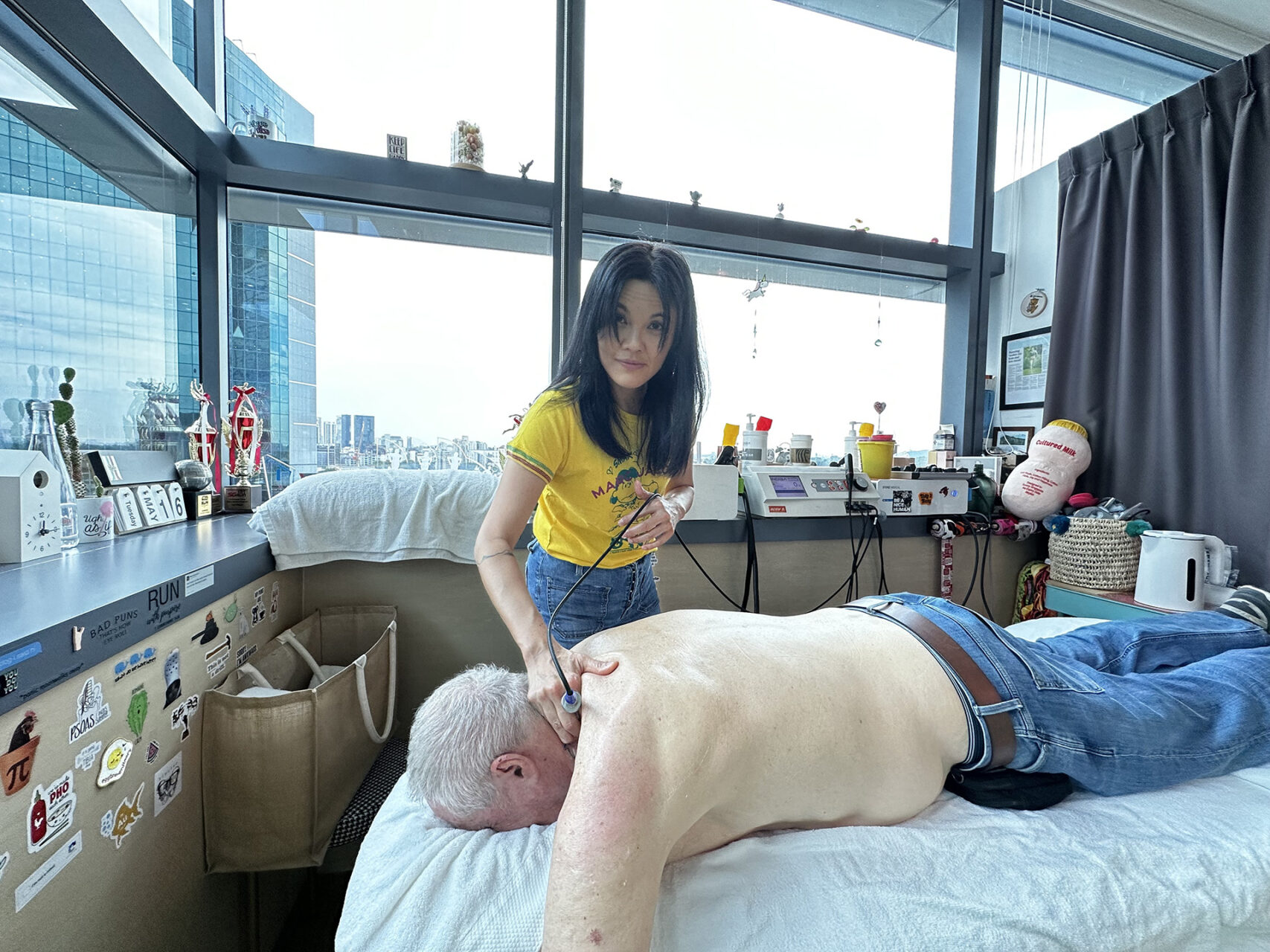
How Physiotherapy Massages Improve Blood Flow
One of the benefits of a physiotherapy massage is its ability to improve blood flow. Techniques like effleurage promote vasodilation, which lowers blood pressure and increases blood flow during a massage. This increased circulation is essential for faster recovery from injuries and overall muscle health.
Increased capillarization during a massage leads to more capillaries around the muscles, enhancing the delivery of oxygen and nutrients. This process speeds up recovery and helps remove metabolic waste from the body, further aiding pain relief and muscle relaxation.
Both petrissage and compression massage stimulate circulation by creating friction between the skin and the therapist’s hands, increasing blood and lymphatic flow. This increased circulation benefits individuals with chronic pain conditions like arthritis, increasing flexibility and blood flow in joints and muscles.
Integrating Physiotherapy Massage into Your Routine
Integrating physiotherapy massage into your regular recovery routine promotes long-term wellness and reduces tension. Regular sessions contribute to overall health, injury prevention, and quality of life. It’s a proactive way to maintain physical well-being and ensure minor issues don’t become major problems.
Whether you’re an athlete, a professional with chronic stress, or someone recovering from an injury, physiotherapy massages can benefit your health.
Contact HelloPhysio in Singapore for a physiotherapy massage today and take the first step towards a pain-free life. With experienced therapists and a tailored approach to treatment, HelloPhysio ensures every session is therapeutic and beneficial, including sports or physiotherapy massage in Singapore.

